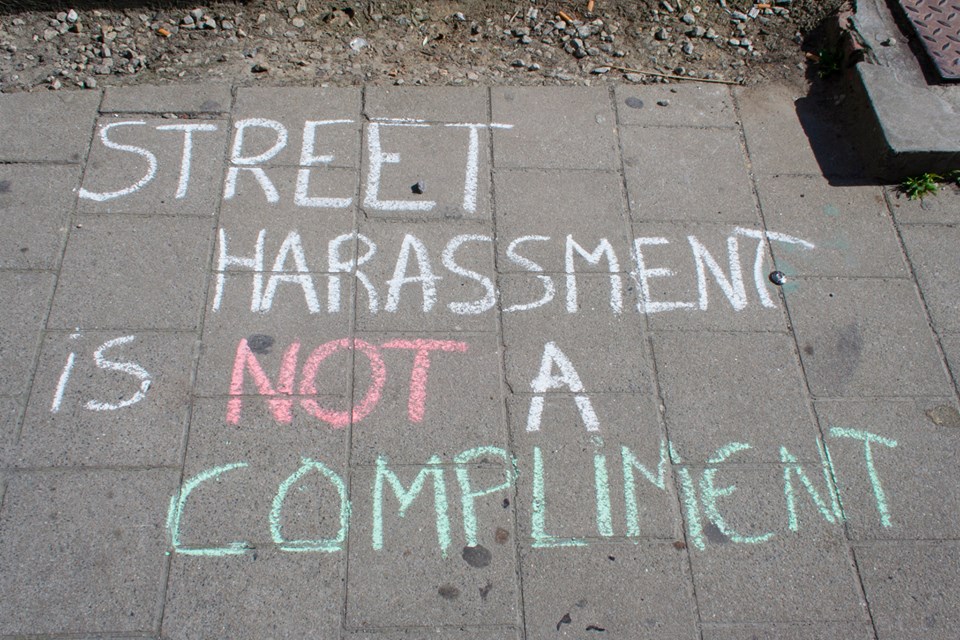Thanks to the internet, digital technology and ‘citizen journalism’ the public can see a range of images and video footage unimaginable just 10 or 20 years ago. Some of this footage is shocking, haunting and desensitizing to a vast extent. Is it part of a wider trend towards a cultural loss of feeling? Polis Summer School student Stasi Georgieva reports.
We are watching a video of a Taliban publicly executing a woman accused of adultery (keep in mind, she had “sinned” with one of these Talibans), being cheered at by dozens of men. Horrific, right? Putting aside the ethical discussion of why or how this woman was murdered, how does this material affect us, the public, as human beings?
The media is exposing us to too much blood, brutality and abuse and this has resulted in compassion fatigue and psychic numbing, that is making us more cynical, and sometimes less empathetic and less willing to help suffering ones.
On the other hand, many would argue that “overexposure” is making us more informed, opening our eyes as to what is really happening in usually under-reported countries. It gives us the chance to act upon issues we find unjust. And that is good.
But this is a vicious circle, as both opinions connect: we get information, it shocks us, desensitizes us, makes us more cynical, and then depending on personal choice, we either ignore it or take action of some form.

Let’s go to the movies.
That overexposure to violence has developed over the years. It was never as extreme in the past. To a large extent the cinema industry has reflected the changing patterns of what is “horror” and “gothic”.
For instance, Hitchcock’s “Psycho” (1960) brought a new level of acceptable violence and sexuality in the movie-making industry, in particular the famous “shower scene” that was said to be one of the most terrifying film scenes of all time. It defined new iconic horror elements such as the screeching violins as sound effects and horror within it was based on suspense and mystery.
In comparison the popular film “Saw” (2004-2010) bases its shock appeal on pools of blood, detached body parts, and chained people. Anyone who has seen these films, I believe, would agree that the horror elements have significantly changed over the years.
The entertainment industry has to supply what people demand, in order to make money. And people increasingly demand more imagery of violence and bloodbaths, possibly influenced by the media’s exposure of suffering and tragedy. That normalization and creates compassion fatigue.
My generation has been desensitized to a large extent, and it is worth questioning the direction we are heading as a result of getting used to exposure of disturbing material of suffering and tragedy by the media.
For better or worse, we have become more informed and cynical. The aftermath of this is in our hands, we could use this cynicism and desensitization to soberly act upon issues, or we could ignore abuses and cruelty and remain observers.
This article by Polis Summer School student Stasi Georgieva



